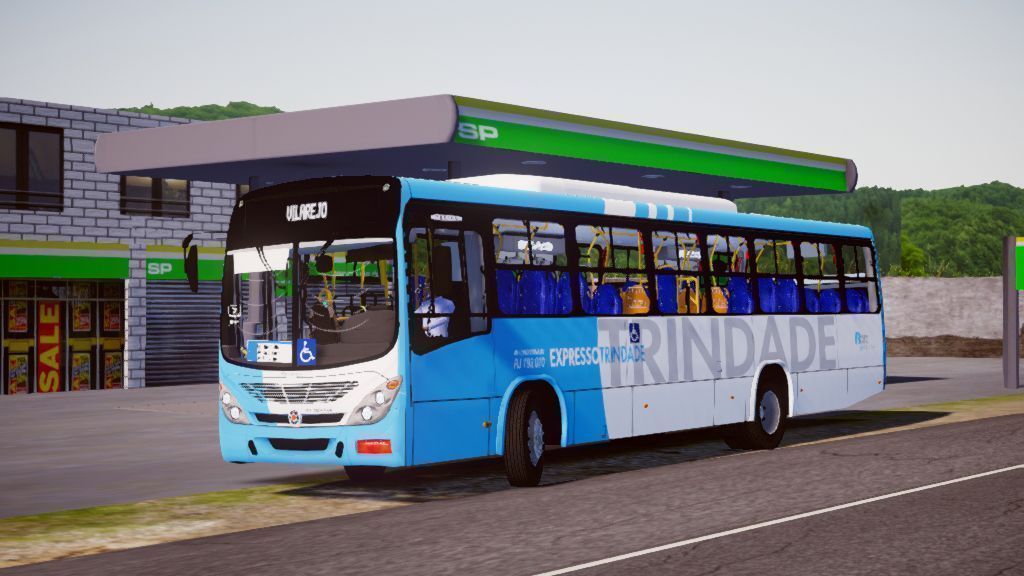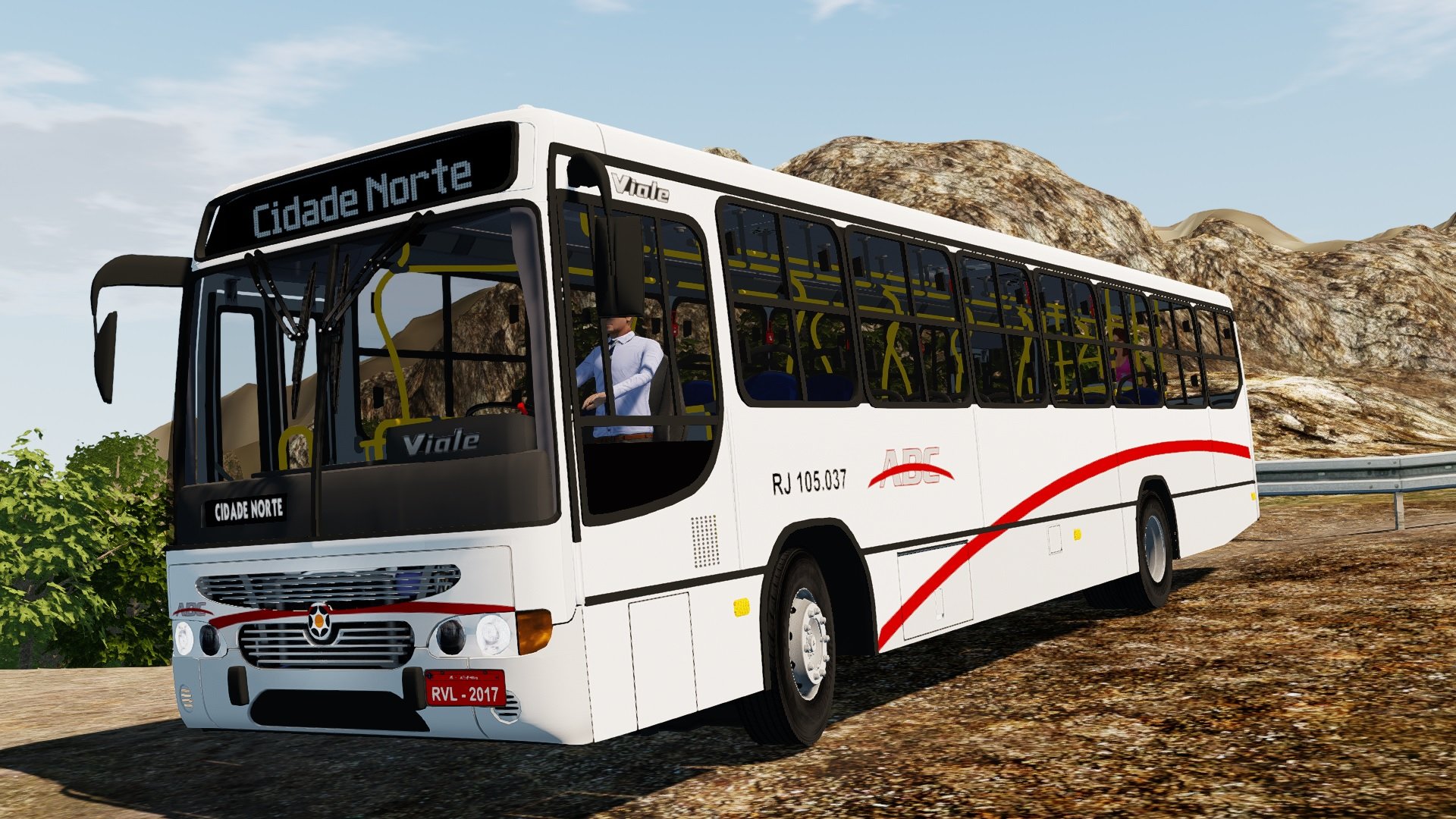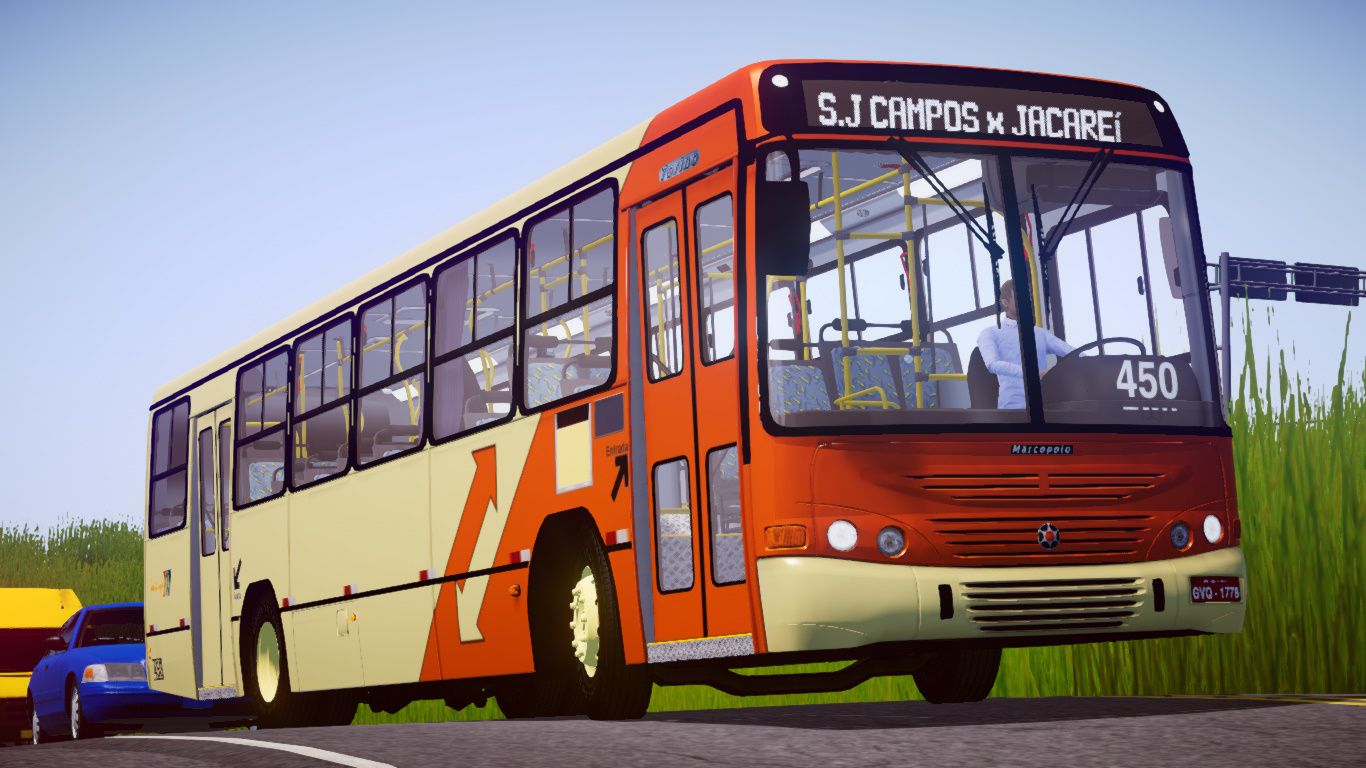
The chassis used for the four axle models are the Scania K-420, the MAN 8X2, and the Volvo B450R. Usually tandem front wheels are required due to axle loading, but in the G7’s case, they also allow for additional steering traction on Brazil’s mountainous and sometimes unpaved roads.

Two chassis are offered – a single front axle and one with tandem front wheels. It’s largest and most luxurious coach is the Paradiso 1800 DD G7. Marcopolo manufactures both urban transit and intercity bus bodies in a variety of sizes. Marcopolo Torino Urban Transit Bus with Volvo Chassis The buses were sold by MCI and proved fairly popular with tour operators. DINA, a Mexican conglomerate, was the owner of Motor Coach Industries (MCI) during that decade, and purchased Viaggio bodies from Marcopolo and placed them on top of their DINA 45 foot bus chassis. While they don’t market buses in the US or Canada, they did have one model that was sold here in the late 1990’s – the DINA Viaggio. They have manufacturing operations in Brazil, Argentina, Columbia, Mexico, Australia, South Africa, and are in negotiations for joint ventures in China and India. It doesn’t manufacture complete coaches – it’s a “coachbuilder” – it makes bus bodies and interiors, then mates them to an existing OEM chassis mostly Scania, MAN and Volvo. Marcopolo SA is a Brazilian coach and bus manufacturer headquartered in the southern city of Caxius do Sul. The non air-conditioned variants is used by Kerala State Road Transport Corporation.We’ve previously looked at buses from North America, Asia, and Europe – let’s broaden our aperture a little and review a coach from South America – specifically, one of the biggest and most popular buses on that continent – the Marcopolo Paradiso 1800 DD G7 – it’s one big bus… It is a low-floor bus with both air-conditioned and non air-conditioned variants available. Tata Marcopolo products are being used or inducted in several Indian cities as part of the local transports fleet like Navi Mumbai, Ahmedabad, Delhi, Bangalore, Coimbatore, Mysore, Kolkata, Chennai, Lucknow, Kanpur, Chandigarh, Pune, Nagpur, South Kanpur, Kochi, Madurai, Naya Raipur, Indore, Hyderabad, Thane, Trivandrum, Visakhapatnam, Vijayawada and Amritsar Amaravati, etc. The company received 300 bus orders from some state governments of India, each bus costing around 1 crore. recently Tata Marcopolo came with the Y1 electrical buses. And it was able to get customers and viewers attention. Tata Marcopolo busses were seen on the BUS WORLD exhibition too. Currently it has doubled its production and become the largest unit in the world. A second production facility is at Dharwad, Karnataka, whose output is 70 buses per day. The primary bus manufacturing and building unit started in Lucknow, with an output of 8 buses per day. The deal expected to be completed by Feb 2021.The subsidiary will continue with the ‘Marcopolo’ trademark for a minimum of three years with a non-compete provision in India for a corresponding period. Tata Motors will buy the 49 percent stake held by its partner Marcopolo in the bus-making joint venture for Rs 100 crore bringing curtains to the 14-year old partnership and paving the way for a smooth exit for the Brazilian company.

Tata Marcopolo (officially Tata Marcopolo Motors Ltd.) is a bus and coach manufacturing company headquartered in Karnataka, India and a joint venture between Tata Motors and Marcopolo S.A.

A Tata Marcopolo bus in Chandigarh, India.


 0 kommentar(er)
0 kommentar(er)
